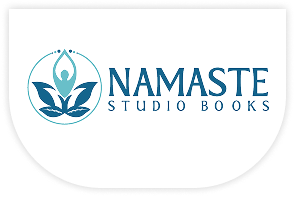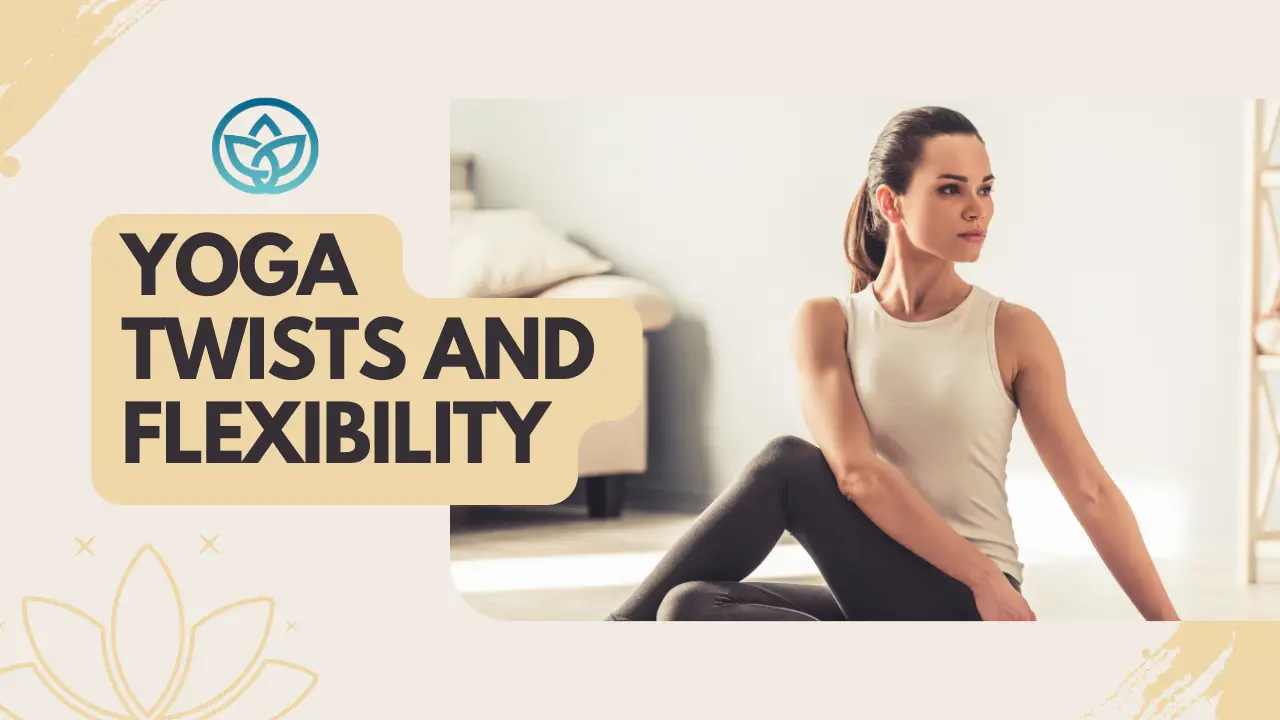A Guide to Yoga Twists and Flexibility
By Dennis Bluthardt, Namaste Studios
Yoga is a transformative practice that energizes both the mind and the body. In general, Yoga increases strength and flexibility and sharpens mental clarity. It is also effective for relaxation and relief from stress. Some seek emotional therapy through Yoga.
Flexibility comes primarily from stretching the muscles. The Yoga community refers to these stretches as asanas, as Yoga partially replicates classic Indian stretching practices (a known fact). However, many modern stretches have no “ancient” counterpart, creating internal controversy about which stretches to perform and what to call them.
Don’t think of Yoga as something other than a weightlifting competition. The longer you hold a muscle in the “stretch” position, the more your body relaxes, and the benefits can be all-encompassing. Holding a stretch for twenty seconds or longer will do much more than get you to scratch parts of your body you haven’t reached in years. Think in terms of building a foundation of good health.
Understanding Yoga Poses (Asanas)
In Yoga, asanas (poses) are the physical expressions used to bring mindfulness and relaxation to the body while offering flexibility, strength, balance, etc. Asanas also bring clarity to the mind by being the physical cure (along with nutrition and a plant-based diet overall) for health in the body and, therefore, the mind. Self-healing is a self-care approach to mental stability!
Yoga asanas consist of different poses for various purposes. For instance, Warrior I and II are for standing poses; Forward Bend is for sitting poses; Downward Dog is for inversions; Child’s Pose is for restorative poses; and much more. As a result, you are well-equipped to tailor your self-practice to meet your body’s individual and specific needs.
For overall health, Yoga includes all types of poses to target different muscle groups and activate different systems in the body. A diversified self-practice will naturally offer you the much-anticipated, holistic therapy you sought during Yoga.
The Importance of Flexibility in Yoga
Flexibility is central to Yoga, allowing you to perform many poses better. Increased flexibility helps you get deeper into stretches and other positions, aiding your alignment and improving the quality and physical benefits of your Yoga.
In terms of day-to-day tasks, having more flexibility is suitable for your general movement and physical health. For example, increased flexibility can prevent injury through joint and muscle damage. You are at a lower risk of straining or spraining a muscle or joint if you have good flexibility. Good muscle alignment is essential during physical activities and sports, let alone Yoga, where bad joint alignment and muscle strain can be painful, not to mention dangerous. Increased flexibility also aids posture, allowing for better alignment, essential during daily non-yogic activities.
Exploring Yoga Twists
Yoga twists are a class of poses that require a rotation at the spine or the torso. They are a core feature of many different styles of yoga practices, and they can be practiced as seated poses, standing poses, or even hand balances. Twists are great for anyone looking to improve flexibility, strengthen their core, or create a more substantial mental focal point during practice. For this reason, so many different styles of Yoga have incorporated twists into so many other poses.
One of the most common health benefits you will hear people talk about when it comes to yoga twists is the idea of “detoxing” the body. Many believe that twisting your body and essentially “wringing” out your internal organs is excellent for digestion. Turning and returning the body to its natural state is a fantastic method for improving the flow of substances, specifically in transporting oxygen and nutrients in the blood.
Top Yoga Twists to Incorporate into Your Practice
Twists are an essential pose for increasing spinal mobility and detoxification.
Revolved Triangle Pose (Parivrtta Trikonasana) – Start standing with your feet wide apart. Turn your left foot to face forward and your right foot slightly inward. Hinge at the hip, reach your torso forward, twist to the right, and place your left hand on the floor or a block next to your right foot. Turn the upper body toward the sky (to the right), letting your head follow naturally and extending your right arm. Try to keep your hips square and your spine long. Take a few deep breaths, then switch to the left side.
Tip for beginners: Use a block to help you balance the pose. Keeping the hips square and spine long in these poses is the most important thing.
Seated Spinal Twist (Ardha Matsyendrasana): Start seated with both legs extended in front. Inhale, bend your right knee and position it outside your left thigh. As you inhale again, ensure the spine is sitting tall. Exhale to twist to the right and reach your left arm outside your right knee. Release your shoulders and twist from the middle of your upper back towards the right. If it feels comfortable, gaze over your right shoulder.
Tip for beginners: Sit up on a cushion or block for height to maintain the position and balance of the pose more easily.
Supine Spinal Twist (Supta Matsyendrasana) – Lie on your back in a natural position. Slowly bring your knees into your chest. Allow your legs to fall to the right to release lower back or glute tension. Extend your arms across and turn your head to the left.
Tip for beginners: Keep your knees bent; a beginner posture is considered a therapeutic spinal twist. Place a long bolster or pillow between the knees for added spinal support.
Enhancing Your Practice with Yoga Stretches
Try working on specific, targeted stretches. These stretches often work on the muscles and joints, which are most important for the respective yoga poses. For instance, yoga twists frequently involve strength and balance aspects of a yoga pose. Still, they also usually (more specifically) require flexibility through a range of motion in the spine and hips.
Some stretches to consider doing while working on yoga twists are:
Seated forward bend (Paschimottanasana): Lengthens the spine and stretches the hamstrings.
Supine spinal twist (Supta Matsyendrasana): Gently opens the back and stretches the hips.
Cat-cow stretch (Marjaryasana-Bitilasana): Warms up the spine.
Thread The Needle Pose (Eka Pada Rajakapotasana): Releases the hips.
Consider doing these stretches tomorrow or even today! Consider adding some basic yoga stretches into a new daily routine. Spend a few minutes each morning or each night doing a short sequence of yoga stretches. Go through a sequence a few times, focusing on getting deeper into the stretches and promoting the ideas of mindfulness and relaxation. After doing these stretches for a couple of weeks or months, you will likely see significant improvements in your overall flexibility. Before diving into some of these yoga poses, thoroughly warm up with yoga warm-up exercises targeting the respective muscle groups.
Enjoy some basic yoga poses that promote both relaxation and flexibility!
The benefits of doing Yoga, and more specifically, twist poses, go beyond physical flexibility.
Twists are great for spinal mobility, the ability to move your back in different directions, and are essential for back health and preventing injuries. They also stimulate digestion by giving your digestive organs a good squeeze. Goodbye constipation! Say hello to detoxifying those organs and feeling more energetic, less stressed, and normal overall!
As a side benefit of these poses, you also improve your flexibility. Your body is stretched and lengthened in this respect, but it’s also compressed, allowing you to move in a way that increases your range of motion (in your spine and hips). Over time, your body will change to adopt these positions more readily and help with movement in general, becoming more like water than stone. (Can you imagine how beautifully someone who moves like water might move in everyday life?)
So challenge yourself to do a few yoga twists (like Bharadvajasana or Ardha Matsyendrasana) as part of your routine. It doesn’t matter if you’re less fit and more of a beginner—many modifications will allow you to make the most of your practice.
Write a response below or write to me in this email. Share your thoughts on this pose. And if you’d like, join a yoga class or something near you and share your (any) experiences there. You never know – you might enjoy doing it.

